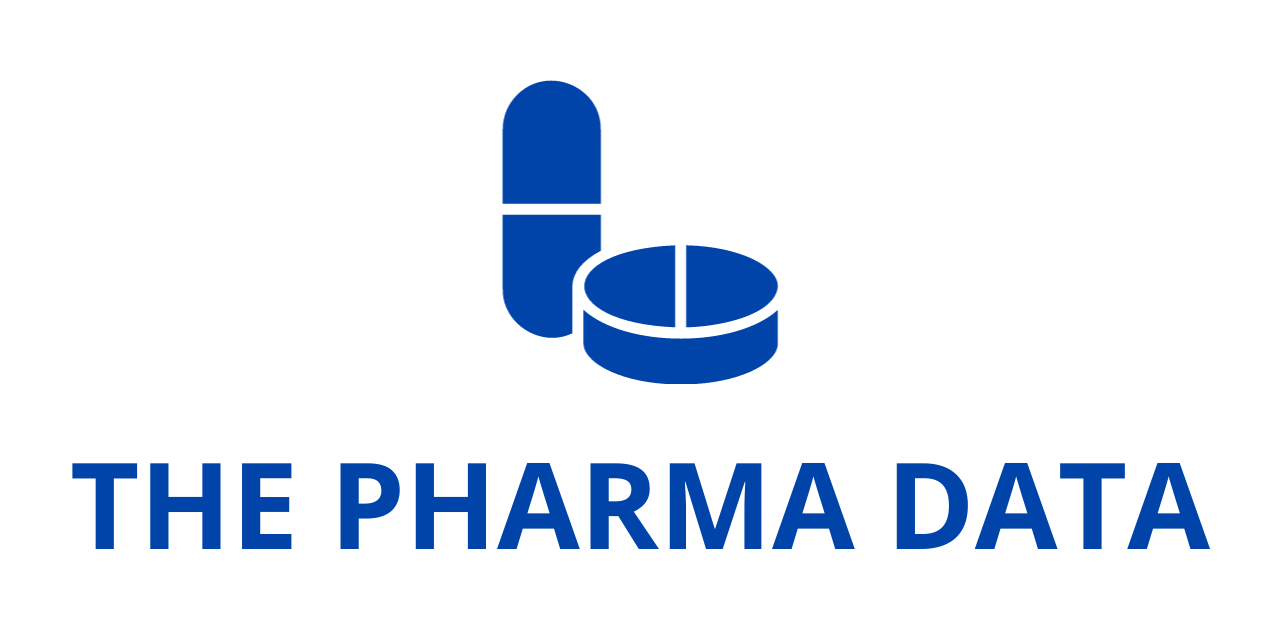
Alnylam Pharmaceuticals Reports HELIOS-B Phase 3 Findings: Vutrisiran Reduces Gastrointestinal Events in ATTR-CM Patients
Alnylam Pharmaceuticals, Inc. , a global leader in RNA interference (RNAi) therapeutics, today unveiled new analyses from the HELIOS-B Phase 3 study evaluating AMVUTTRA® (vutrisiran). Vutrisiran is an RNAi-based therapy approved for the treatment of cardiomyopathy in adults with wild-type or hereditary transthyretin-mediated amyloidosis (ATTR-CM) and for polyneuropathy in hereditary transthyretin-mediated amyloidosis (hATTR-PN). These latest analyses, presented in a late-breaking session at the Heart Failure Society of America (HFSA) Annual Scientific Meeting 2025 in Minneapolis, Minnesota, provide robust evidence that vutrisiran therapy is associated with lower rates of gastrointestinal (GI) adverse events in patients living with ATTR-CM, compared to placebo.
Multisystem Impact of ATTR-CM and GI Burden
ATTR-CM is a progressive, multisystem disease characterized primarily by cardiac dysfunction, but it also significantly affects other organ systems. Patients frequently experience gastrointestinal complications including diarrhea, nausea, vomiting, constipation, and abdominal discomfort. These GI symptoms often exacerbate overall morbidity and negatively affect quality of life (QOL), underscoring the need for therapies that address the disease beyond the heart.
In the HELIOS-B post hoc analysis, researchers evaluated the incidence of GI adverse events in patients treated with vutrisiran compared to placebo across three groups: the overall study population, patients receiving vutrisiran as monotherapy, and patients receiving baseline tafamidis therapy. Across all cohorts, vutrisiran treatment was consistently associated with a lower incidence of GI events.
Key Findings on GI Adverse Events
The analysis revealed a 42% reduction in GI events among the overall population treated with vutrisiran relative to placebo. Among patients on vutrisiran monotherapy, GI events decreased by 37%, while patients already receiving tafamidis at baseline experienced a 49% reduction.
Notably, when examining specific GI symptoms with substantial impact on QOL—diarrhea, nausea, and vomiting—reductions exceeded 50% in all evaluated subgroups. Rate ratios (RR) for diarrhea were 0.46, 0.48, and 0.44 across the overall, monotherapy, and baseline tafamidis populations, respectively. For nausea, RRs were 0.35, 0.17, and 0.48, and for vomiting, RRs were 0.16, 0.25, and 0.00. The observed reduction in GI events appeared as early as three months after treatment initiation and remained consistent throughout the study period, regardless of whether patients had hereditary or wild-type ATTR-CM. These results suggest a potential treatment effect of vutrisiran on GI symptoms in patients with this multisystem disease.
Expert Perspective on Multisystem Benefits
“As a multisystem disease, it is well-known that ATTR-CM impacts more than just the heart,” said Marcus Urey, M.D., Associate Professor at the University of California San Diego Health. “Gastrointestinal complications, including diarrhea, abdominal pain, constipation, nausea, and vomiting, are significant contributors to the overall burden of this disease and can severely affect patients’ quality of life. These findings reinforce vutrisiran’s differentiated clinical profile and its potential to address the multisystem manifestations of ATTR-CM.”
Monotherapy Efficacy Analysis
A second post hoc analysis of HELIOS-B evaluated vutrisiran as a monotherapy by censoring patients who initiated tafamidis during the double-blind period. This approach allowed researchers to isolate the effect of vutrisiran alone, without potential confounding from additional therapy. Approximately 21.5% of monotherapy patients initiated tafamidis, with a median time to initiation of roughly 18 months.
In this censored population, vutrisiran demonstrated a statistically significant 32% reduction in the risk of the primary composite endpoint, which included all-cause mortality and recurrent cardiovascular events over 36 months, compared to placebo (hazard ratio [HR] 0.68; 95% confidence interval [CI]: 0.49–0.95; p=0.022). These results aligned closely with the primary monotherapy analysis that included patients who later initiated tafamidis (HR 0.67; 95% CI: 0.49–0.93; p=0.016). Secondary endpoints and safety findings in the censored population were also consistent with the primary analysis, confirming vutrisiran’s efficacy and safety as a standalone first-line therapy.
Clinical Significance and Early Impact
“The new HELIOS-B analyses presented at HFSA highlight AMVUTTRA’s differentiated first-line profile,” said John Vest, M.D., Senior Vice President and TTR Global Clinical Lead at Alnylam. “Gastrointestinal symptoms represent a substantial burden for patients with ATTR-CM. Observing a meaningful reduction in these events as early as three months into treatment underscores vutrisiran’s potential to improve patient outcomes. Combined with robust evidence of efficacy as monotherapy, these findings reinforce AMVUTTRA’s role as a foundational therapy for this progressive multisystem disease.”
Quality of Life and Functional Benefits
A third post hoc analysis of HELIOS-B examined outcomes according to baseline Kansas City Cardiomyopathy Questionnaire overall summary (KCCQ-OS) scores. This analysis demonstrated that vutrisiran consistently improved survival, cardiovascular outcomes, functional capacity, quality of life, cardiac biomarkers, and reduced GI adverse events regardless of baseline health status. These findings further support the holistic benefit of vutrisiran across patient populations with varying disease severity.
Regulatory Approvals and Global Experience
Data from HELIOS-B were instrumental in the recent approvals of AMVUTTRA for ATTR-CM in adults across multiple regions, including the United States, Brazil, the European Union, Japan, the United Arab Emirates, and the United Kingdom. To date, AMVUTTRA has accumulated more than 8,000 patient-years of clinical experience worldwide and represents the first RNAi therapeutic approved to address both cardiomyopathy and polyneuropathy manifestations of ATTR amyloidosis in adults.
Indications and Important Safety Information
Approved Indications (U.S. FDA):
- AMVUTTRA® (vutrisiran) is indicated for the treatment of cardiomyopathy in adults with wild-type or hereditary ATTR-CM to reduce cardiovascular mortality, cardiovascular hospitalizations, and urgent heart failure visits.
- AMVUTTRA is also approved for the treatment of polyneuropathy in adults with hereditary ATTR-PN.
Safety Considerations:
- Vitamin A Levels: Treatment with AMVUTTRA can reduce serum vitamin A levels. Patients should receive supplementation at the recommended daily allowance (RDA). High-dose supplementation beyond the RDA is not recommended, as serum levels do not reflect total body vitamin A stores. Patients exhibiting ocular symptoms suggestive of vitamin A deficiency, such as night blindness, should be referred to an ophthalmologist.
- Adverse Reactions: In hATTR-PN studies, common adverse reactions included extremity pain (15%), arthralgia (11%), dyspnea (7%), and decreased vitamin A levels (7%). In ATTR-CM studies, no new safety concerns were identified.
For full prescribing information, including dosing and administration details, please refer to the U.S. AMVUTTRA Prescribing Information (revised March 2025).





